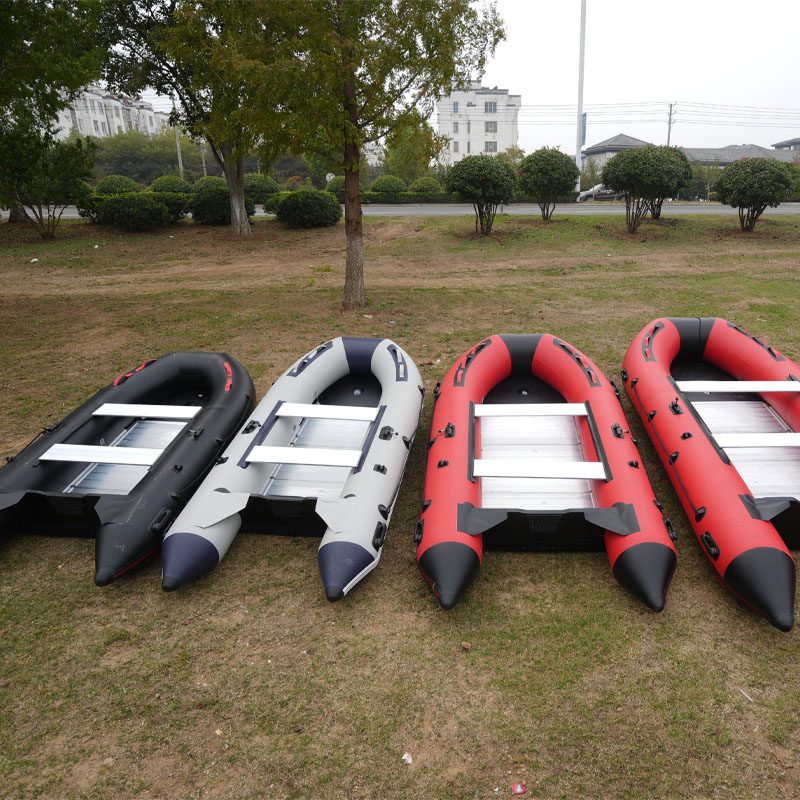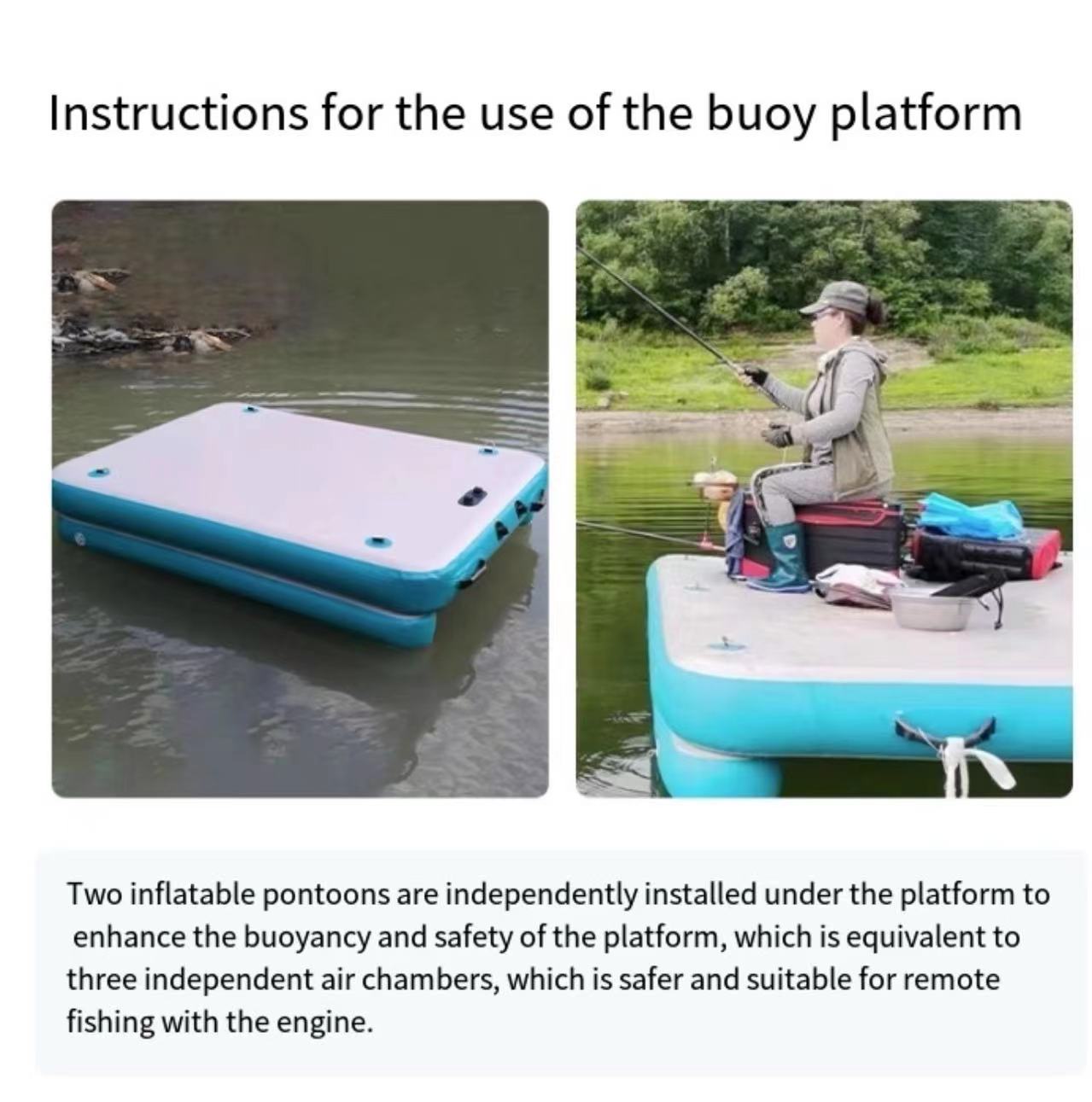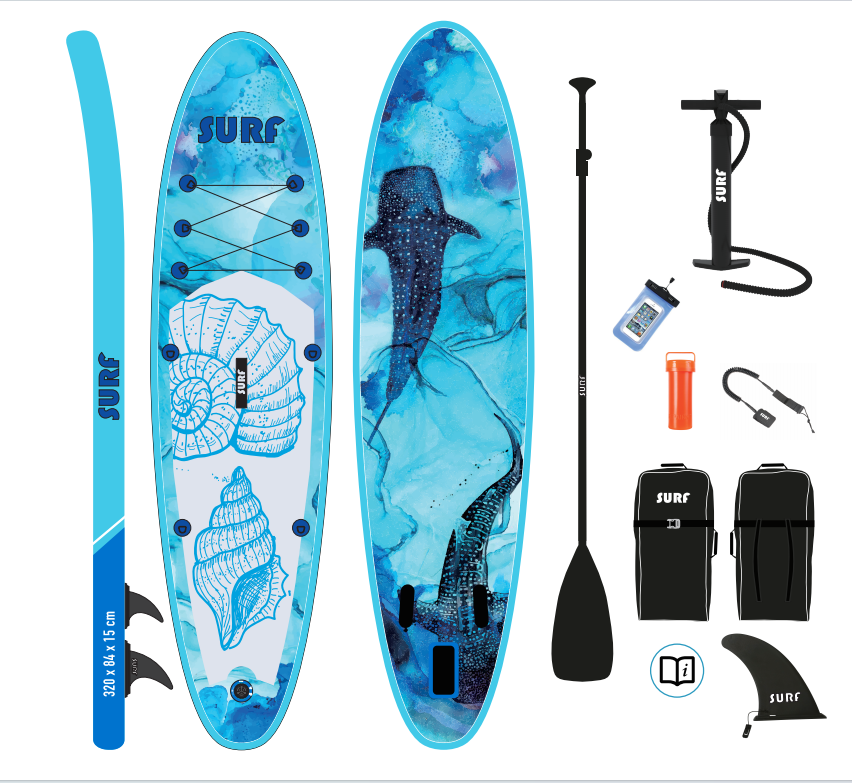Paddleboarding Guide for Beginners: Q&A
Paddleboarding is a fun water activity the whole family can enjoy!
If you're unfamiliar with paddleboarding and unsure whether it's suitable for family outings or romantic getaways, this beginner's guide is here to answer your questions! Remember to share it with your friends!
I. Pre-Paddleboarding Questions
I can't swim. Can I still try paddleboarding?
Yes! Paddleboarding is a water sport where you can stand, sit, or lie down on the board. When in calm water areas, there's little risk of falling. Plus, a leash connects you to the board, so you can quickly return to it if you do fall.
Do I have to go to a club to learn paddleboarding, or can I go to a suburban body of water on my own?
You don't have to go to a club or find a coach to learn, but it's highly recommended for beginners for safety.
First, paddleboarding isn't something you can learn from videos. Getting on, off, and back on after falling are easier with a professional.
Second, coaches provide safety instructions specific to the water area, teaching you how to find safe areas, identify dangerous ones, and understand paddleboarding rules, ensuring a safer experience.
If you want to try it on your own, go to safe, open, calm water areas, wear a life jacket and leash, and ideally have someone with you. (At least someone can call for help if something happens!)
Note: Not all calm water areas are safe. You can't see underwater hazards, so it's not recommended for non-swimmers to try paddleboarding alone!
Is paddleboarding an extreme sport? Is it dangerous?
Paddleboarding isn't considered an extreme sport. The danger depends on the water conditions. Calm water areas are low-risk, while open ocean and whitewater paddleboarding have inherent risks. Following the rules and listening to your instructor minimizes the danger.
What are the different ways to paddleboard? Is it easy to learn?
Paddleboarding is similar to biking or swimming. Once you learn how to paddle, you can pick it up quickly, often in one lesson. Popular options are paddleboarding (cruising), yoga paddleboarding, and paddleboarding camping. Other options include paddleboarding trips, paddleboarding frisbee, and paddleboarding fishing.
Who is paddleboarding suitable for?
Healthy individuals of all ages, from children (10+) to seniors (around 65), can enjoy it.
Who is paddleboarding NOT suitable for?
People with heart conditions, high blood pressure, cardiovascular diseases, as well as those menstruating, pregnant, or those who are chronically sleep-deprived or drunk, are not suitable for paddleboarding.
II. Pre-Trip Planning
What types of water are suitable for paddleboarding?
Reservoirs, rivers, lakes, large rivers, and even the ocean are all possible, but always choose areas where it's allowed. If there are "No Swimming" signs, do not enter the water. If you paddleboard in the ocean, you might even encounter some cute sea creatures!
Where can I go paddleboarding?
Search for currently open and safe bodies of water near you. If you're unsure, search on social media apps for "city + paddleboarding location" to find scenic spots. For example, the blogger @大王千金顶 on this platform wrote about paddleboarding spots near Beijing. Beijing residents looking to try paddleboarding should check it out!
When is the best time to go paddleboarding?
Seasonally:
Spring and fall offer pleasant weather, avoiding heatstroke, but the water is colder.
Summer is hot and sunny, allowing you to swim and enjoy the sun in your favorite swimwear.
Winter requires warm clothing and can be challenging to find suitable locations due to freezing, but you can see unique scenery.
Time of Day:
Few people paddleboard in the morning. Most sessions last over an hour, and paddling near midday can lead to heatstroke. Many prefer paddleboarding in the afternoon. If the location is excellent, you can even see beautiful sunsets.
What weather conditions are unsuitable for paddleboarding?
Thunderstorms: Thunderstorms can make water conditions unpredictable. Wind and fog make paddling difficult, reducing visibility. Beginners should avoid paddleboarding in thunderstorms; even experienced paddlers should be cautious.
Typhoons: Never paddleboard during typhoons, especially in strong winds, as you can easily lose control and fall into the water. In urban areas flooded by typhoons, you can use a paddleboard as a lifeboat to evacuate when the wind subsides. (Note: Not for beginners!)
How do I find a safe and reliable paddleboarding club?
Three essential factors: professional instructors, safety equipment, and a safe water environment.
Professional Instructors: The General Administration of Sport of China has begun offering paddleboarding instructor training. Many instructors will obtain national-level certificates. Check if they have certifications and observe their paddleboarding skills.
Professional Safety Equipment: Clubs should have life jackets, lifebuoys, AEDs (automated external defibrillators), and other equipment. Check if the equipment is old and if there's any damaged equipment being used.
Safe Water Environment: First, the water should be clean and clear; paddling in dirty water is unpleasant. Second, make sure the water is approved for swimming.
III. Equipment Guide
What equipment do I need for paddleboarding?
Paddleboard (hardboard or SUP), fin, leash, paddle, life jacket, pump, suitable water sports clothing, water shoes.
If you're going to a club, they usually provide everything except clothing. If you're going on your own, you'll need to bring all your equipment.
Paddleboard: Inflatable paddleboards (SUPs) are popular due to their portability and lightweight nature.
Paddle: Should be about 10 inches (25 cm) taller than the paddler.
Life Jacket: Recommended for those who aren't strong swimmers. If you find a life jacket too bulky, opt for an inflatable fanny pack.
Fin: Attached to the bottom of the board for stability and maneuverability.
Leash: Connects the board to the paddler, allowing quick access to the board even if you fall.
Paddleboarding Clothes: Swimwear, quick-drying clothing, yoga pants, etc. Choose based on the weather.
Can I wear a bikini for paddleboarding?
Yes, paddleboarding is a water sport, and bikinis are a popular choice in hot weather. Plus, you can take great photos!
Can I not wear a life jacket?
No. While some find them bulky, life jackets are essential for water safety.
Note: Experienced paddlers with strong swimming skills may choose not to wear one, but they should have other safety equipment. Regardless, be aware of water conditions and leave if they become unfavorable.
 IRB (Inflatable Rescue Boat) Operation and Maintenance
IRB (Inflatable Rescue Boat) Operation and Maintenance
 Safety Standards for Inflatable Boats
Safety Standards for Inflatable Boats
 Securing Your Inflatable Fishing Platform: Enjoy a Stable and Worry-Free Fishing Experience
Securing Your Inflatable Fishing Platform: Enjoy a Stable and Worry-Free Fishing Experience


